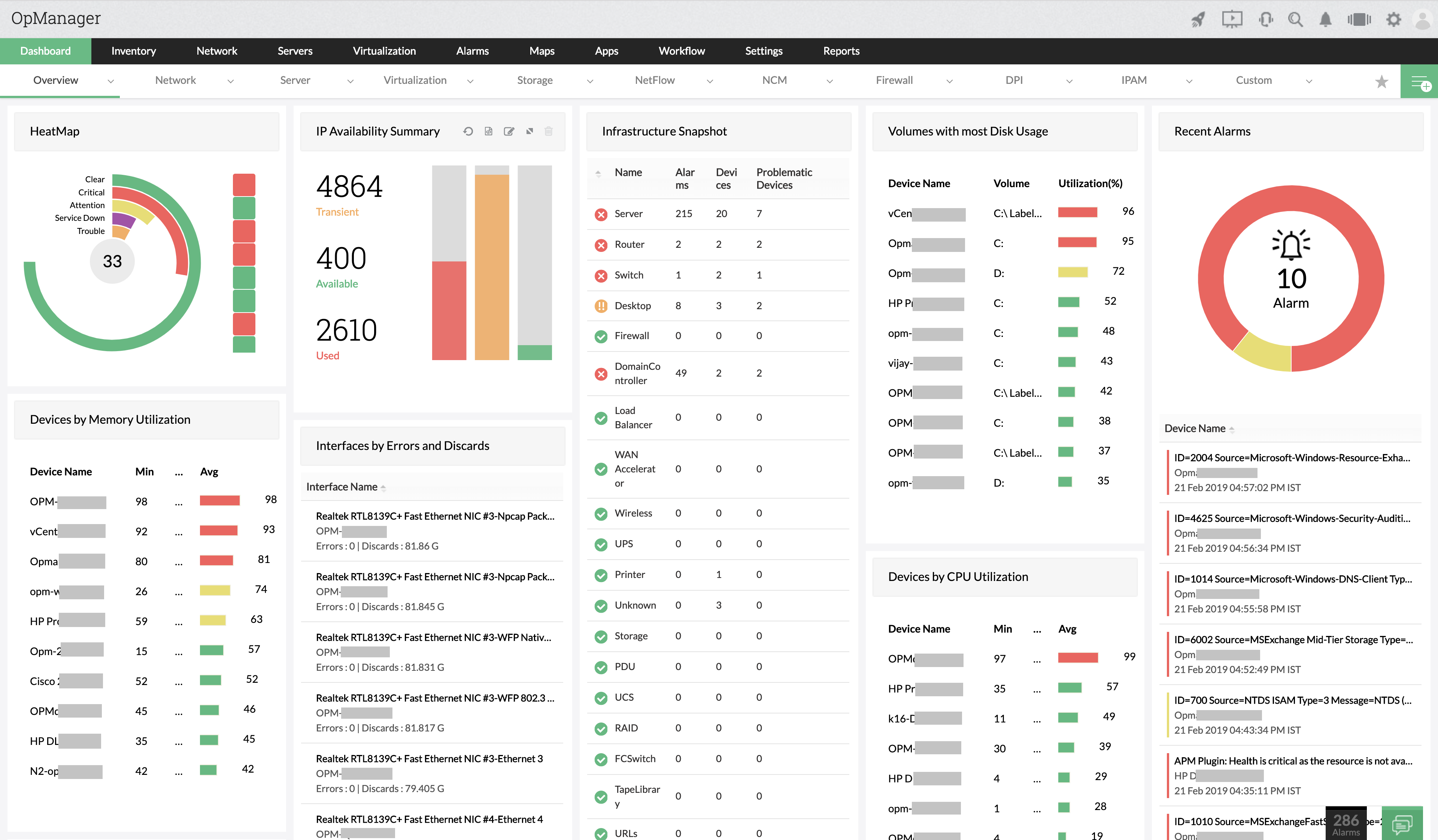

Internally, the organization should have the right documentation and procedures in place to respond to alerts and monitoring anomalies. Alerts can be sent to email or with a tool like PagerDuty or Slack, but they must be sent immediately to administrators that can further review issues.

This workflow is especially useful for environments that contain several servers and other network appliances. Server events can be logged and aggregated so that a central application can parse and read information. The way server monitoring works depends on the application and service used to collect data from the server. Security: monitoring authentication attempts-both failed and successful-can alert administrators to a potential compromise.For example, if the process used to run web services fail, the server may no longer respond to web requests. Processes: if a background process fails either randomly or during server reboot, it could mean that the server fails to execute requested functions.Low storage capacity: servers that store data must be monitored for low storage to avoid unknown consequences from little or no remaining storage space.Performance: if servers do not respond quickly, it could create lag in critical applications and response time will increase.

If resource usage spikes, performance can drop. CPU and memory usage: ensure that the server has enough CPU power and RAM installed to process requests.Accessibility: for example, pinging the server to ensure it’s powered on and responding ensures that users can connect to the server and use its resources.Server monitoring can help administrators track:
#Web server monitoring software
Monitoring can give administrators information that they need to be proactive about cybersecurity, hardware and software maintenance. The same critical server could affect organizational productivity if it crashes. Depending on the function of the server, a compromised server could allow an attacker to exfiltrate sensitive data containing information about customers and employees. The health and security of these network components is critical for business productivity. They perform authentication, authorization, security, network functionality, store data, and provide a platform for applications to run. Servers are critical components of a network.


 0 kommentar(er)
0 kommentar(er)
